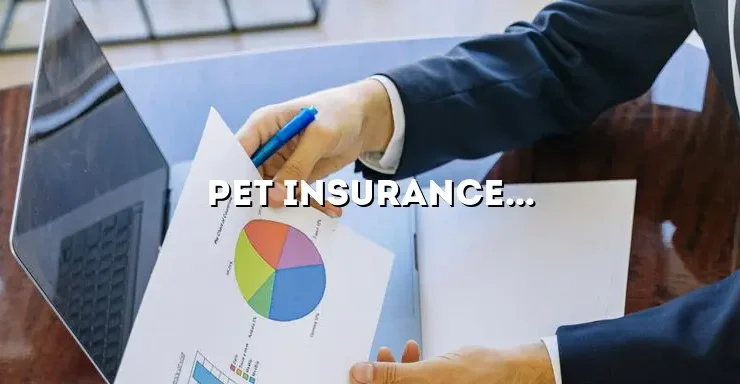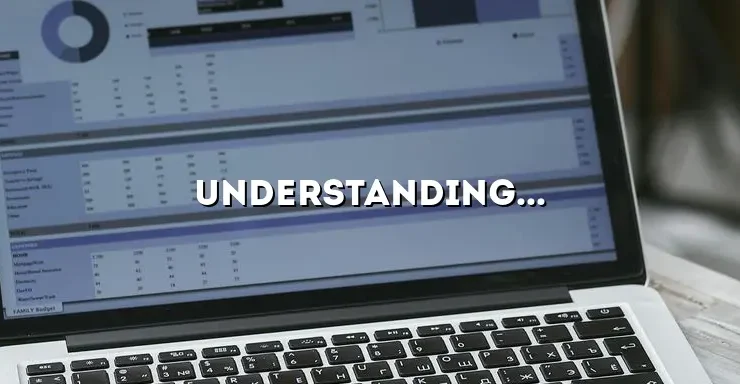
As pet owners, our furry friends hold a special place in our hearts. They bring us joy, companionship, and unconditional love. However, just like humans, pets can face unexpected health issues or accidents that require costly veterinary care. This is where pet insurance comes in, providing a safety net for your beloved pets. In this comprehensive guide, we will explore the benefits of pet insurance in Iowa, how it works, and why it’s essential for every pet owner in the Hawkeye State.
Whether you have a mischievous kitten or a senior dog, accidents and illnesses can happen at any age. With pet insurance, you can have peace of mind knowing that you can provide the best possible care for your furry companion without breaking the bank. In Iowa, where the cost of veterinary care can vary, having pet insurance ensures that you can make decisions based on your pet’s needs, rather than financial constraints.
Understanding Pet Insurance in Iowa
When considering pet insurance in Iowa, it’s important to understand the basics. Pet insurance functions similarly to health insurance for humans, providing coverage for unexpected medical expenses. However, unlike human health insurance, pet insurance works on a reimbursement model. This means that you pay the veterinary bills upfront and then submit a claim to the insurance company for reimbursement.
Types of Pet Insurance Coverage
Pet insurance policies vary in terms of coverage options. The most common types include accident-only coverage, which covers expenses related to unexpected injuries, and comprehensive coverage, which covers both accidents and illnesses. Within comprehensive coverage, there are different levels of coverage, ranging from basic plans that cover essential treatments to more comprehensive plans that include wellness care and hereditary conditions.
Factors Affecting Pet Insurance Costs
The cost of pet insurance in Iowa can vary based on several factors. These include your pet’s age, breed, size, and pre-existing conditions. Generally, younger pets and mixed breeds tend to have lower insurance premiums. It’s important to note that pre-existing conditions are typically not covered by pet insurance, so it’s best to enroll your pet when they are healthy to ensure maximum coverage.
The Benefits of Pet Insurance
Investing in pet insurance offers numerous benefits for both you and your furry friend. Here are some key advantages:
Financial Protection
With pet insurance, you won’t have to worry about choosing between your pet’s health and your finances. It provides financial protection by covering a significant portion of your veterinary bills. This allows you to focus on providing the best care for your pet without the added stress of financial constraints.
Access to Quality Veterinary Care
Having pet insurance ensures that you can afford the best veterinary care for your pet. You can choose the most qualified veterinarians and access advanced treatments or procedures that may be necessary for your pet’s well-being. This means that you can make decisions based on what’s best for your pet’s health, rather than what you can afford.
Peace of Mind
One of the greatest benefits of pet insurance is the peace of mind it provides. Knowing that you have coverage for unexpected accidents or illnesses gives you the confidence to care for your pet without worrying about the financial burden. It allows you to focus on enjoying the companionship and love that your pet brings.
Finding the Best Pet Insurance Providers in Iowa
When it comes to choosing a pet insurance provider in Iowa, it’s essential to do your research and select a reputable company that meets your needs. Here’s what you should consider:
Coverage Options
Look for a pet insurance provider that offers a range of coverage options to suit your pet’s specific needs. Consider the types of coverage available, including accident-only or comprehensive plans, and determine which one aligns with your requirements.
Customer Reviews
Reading customer reviews and testimonials can provide valuable insights into the experiences of other pet owners. Look for feedback on the insurance company’s customer service, claims process, and overall satisfaction. This will help you gauge the level of service you can expect.
Pricing
Compare the pricing of different pet insurance policies to ensure you’re getting the best value for your money. Consider the premiums, deductibles, and reimbursement rates. Keep in mind that the cheapest option may not always provide the most comprehensive coverage, so strike a balance between affordability and quality.
How Does Pet Insurance Work?
Understanding how pet insurance works is crucial for maximizing its benefits. Here’s a step-by-step guide to help you navigate the process:
Enrollment
Start by enrolling your pet in a pet insurance policy. Most companies have age restrictions, so it’s best to enroll your pet when they are young and healthy to ensure they are eligible for coverage.
Selecting a Policy
Choose the policy that best suits your pet’s needs and your budget. Consider factors such as coverage options, reimbursement rates, and any exclusions or limitations that may apply.
Visiting the Veterinarian
When your pet needs medical attention, take them to a licensed veterinarian. Pay for the services upfront and keep all relevant documentation, including invoices and medical records.
Filing a Claim
After your visit to the veterinarian, complete a claim form provided by your insurance company. Attach all necessary documentation, including invoices and medical records. Submit the claim to the insurance company for review.
Reimbursement
Once the claim is approved, the insurance company will reimburse you for the covered expenses. The reimbursement amount will depend on your policy’s terms and conditions.
Cost Analysis: Pet Insurance vs. Paying Out of Pocket
One common question among pet owners is whether pet insurance is cost-effective compared to paying for veterinary care out of pocket. It’s important to consider the potential costs involved in both scenarios:
Out-of-Pocket Expenses
Paying for veterinary care out of pocket means you are responsible for the full cost of treatments, medications, and procedures. This can quickly add up, especially for more complex or long-term medical issues. Unexpected emergencies or chronic conditions can strain your finances without the safety net of insurance.
Pet Insurance Premiums
On the other hand, pet insurance requires you to pay monthly or annual premiums. While this may seem like an additional expense, it can provide significant savings in the long run. Pet insurance spreads out the cost of veterinary care over time, making it more manageable and predictable.
Tips for Maximizing Your Pet Insurance Benefits
To make the most out of your pet insurance coverage, consider the following tips:
Preventive Care
Regular preventive care, such as vaccinations, flea and tick prevention, and annual check-ups, can help detect and prevent potential health issues. Many pet insurance policies cover preventive care, so take advantage of these benefits to keep your pet healthy and catch any problems early.
Understanding Policy Terms and Conditions
Take the time to read and understand your pet insurance policy’s terms and conditions. Know what is covered, any exclusions or limitations, and how the claims process works. This will help you avoid surprises and ensure you get the maximum benefits when you need them.
Consider Wellness Plans
Some pet insurance providers offer wellness plans as add-ons to their coverage. These plans typically cover routine care, such as vaccinations, dental cleanings, and annual exams. Assess your pet’s needs and determine if a wellness plan would be beneficial for your furry friend.
Frequently Asked Questions about Pet Insurance in Iowa
Here are some common questions and concerns pet owners in Iowa may have about pet insurance:
Does Pet Insurance Cover Pre-existing Conditions?
Most pet insurance policies do not cover pre-existing conditions. It’s important to enroll your pet when they are healthy to ensure maximum coverage. However, some insurance providers may offer coverage for certain pre-existing conditions after a waiting period.
Is There an Age Limit for Pet Insurance?
Most pet insurance companies have age restrictions, with the minimum age typically being around eight weeks. The maximum age varies between providers, but it’s generally between 12 and 14 years old. Enrolling your pet at a younger age ensures they are eligible for coverage throughout their lives.
Can I Use Any Veterinarian with Pet Insurance?
Pet insurance policies generally allow you to use any licensed veterinarian. This gives you the flexibility to choose the best care for your pet. However, it’s essential to check with your insurance provider to ensure they accept claims from the veterinarian you plan to visit.
In conclusion, pet insurance in Iowa offers crucial financial protection and access to quality veterinary care for your furry companions. By understanding the types of coverage available, choosing a reputable provider, and familiarizing yourself with how pet insurance works, you can ensure that your pet’s health needs are met without the added financial burden. Don’t wait until an emergency strikes—invest in pet insurance today and provide your beloved pets with the care they deserve.






